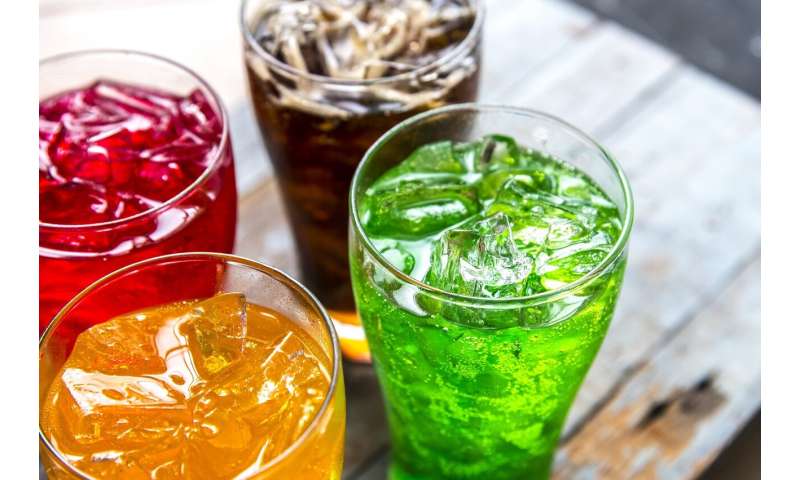

According to a new study in the American Journal of Preventive Medicine the share of children and adolescents consuming sugar-sweetened beverages (SSBs) and the calories they consume from SSBs declined significantly between 2003 and 2014.
This decline in consumption was found among children and adolescents in all groups studied, including those participating in the Supplemental Nutrition Assistance Program (SNAP), the US federally funded program that provides food assistance to more than 40 million low-income Americans each month—half of whom are children. However, the study demonstrated that even with the decline, current levels remain too high, with 61 percent of all children and 75.6 percent of SNAP recipients still consuming an SSB on a typical day.
“While the observed declines in children’s sugar-sweetened beverage consumption over the past decade are promising, the less favorable trends among children in SNAP suggest the need for more targeted efforts to reduce sugary drink consumption,” explained lead investigator J. Wyatt Koma, Independent Researcher, Washington, DC, USA.
The investigators used nationally representative dietary data for 15,645 children and adolescents (aged 2 to 19 years) from the 2003 to 2014 National Health and Nutrition Examination Surveys (NHANES). They classified children according to self-reported participation in the SNAP program and household income: 27.8 percent were SNAP participants; 15.3 percent were income-eligible but not SNAP participants; 29.7 percent had lower incomes that were ineligible for SNAP; and 27.2 percent had higher incomes that were ineligible for SNAP. The analysis determined the share of children in the various groups who consumed an SSB on a typical day as well as the per capita daily consumption of SSB calories from 2003-2014. SSBs were defined as any non-alcoholic drink with added sugar, including soda, fruit drinks, and flavored milks, consumed on a given day.
This study yielded several significant findings, notably:
- From 2003 to 2014, the share of children consuming an SSB on a typical day declined significantly across all SNAP participation groups, primarily driven by declines in soda consumption. Among children who were SNAP participants, the percentage drinking SSBs declined from 84.2 percent to 75.6 percent and per capita daily consumption of SSB calories declined from 267 to 182 calories.
- In 2014, nearly one in four children who were income-eligible for the SNAP program consumed a fruit drink on any given day (SNAP participants: 24.8 percent; Income-eligible nonparticipants: 23.4 percent).
- The share of SNAP participants consuming a sports/energy drink on any given day tripled from 2003 to 2014 (from 2.6 percent to 8.4 percent).
Although SNAP’s success in reducing hunger and food insecurity in the US is well documented, public health attention has more recently turned to the secondary goals of the SNAP program: improving diet quality and preventing obesity among participants.
Source: Read Full Article